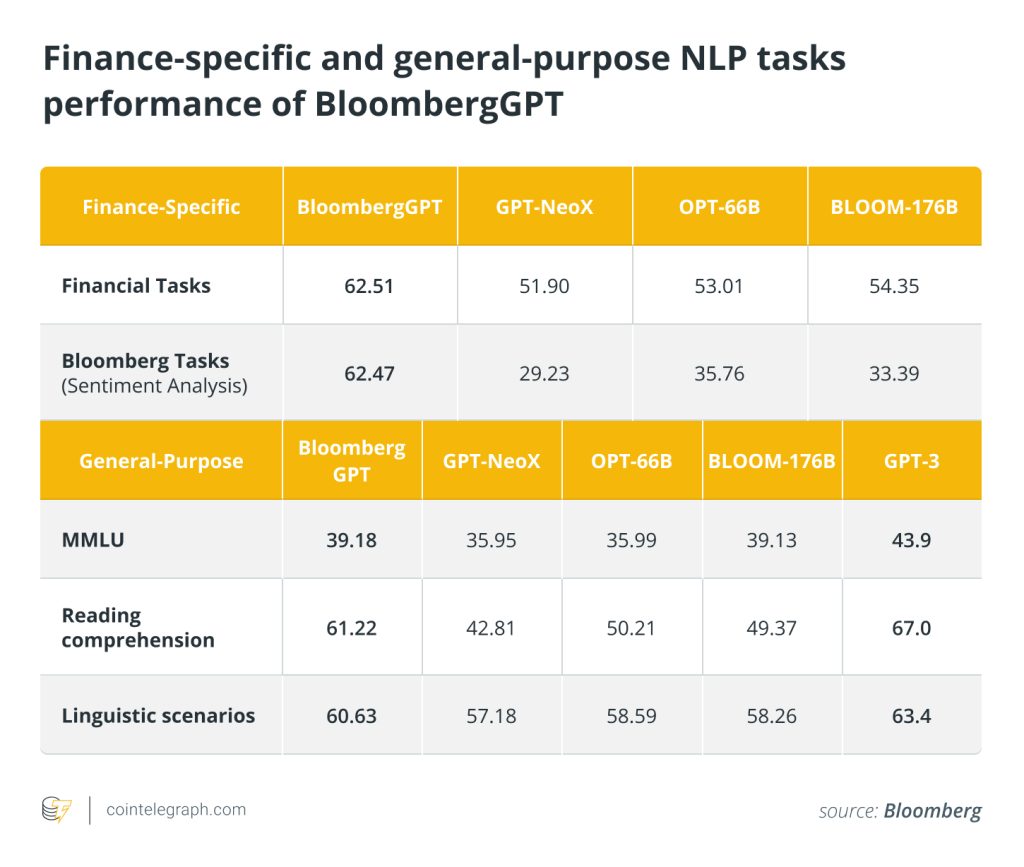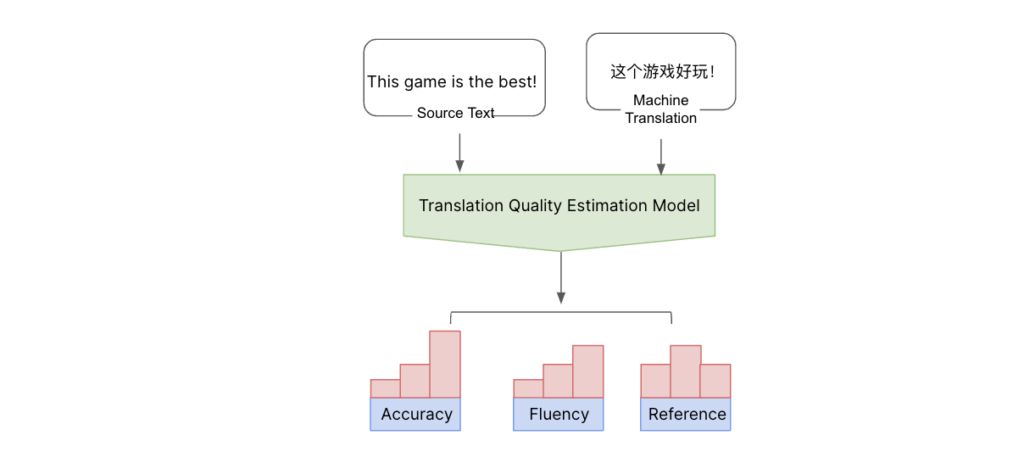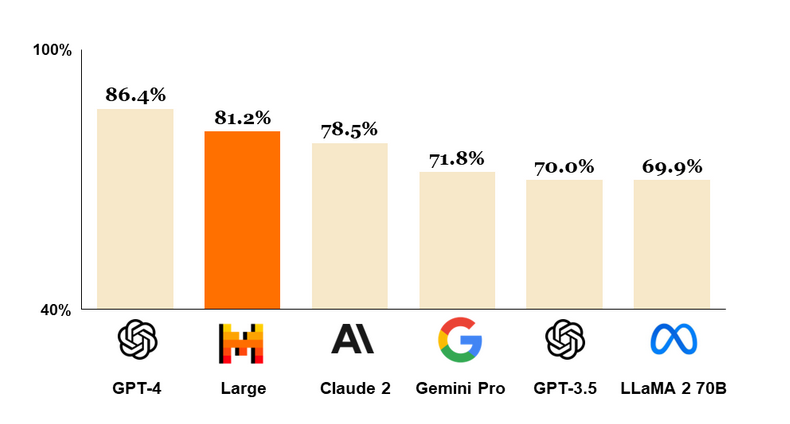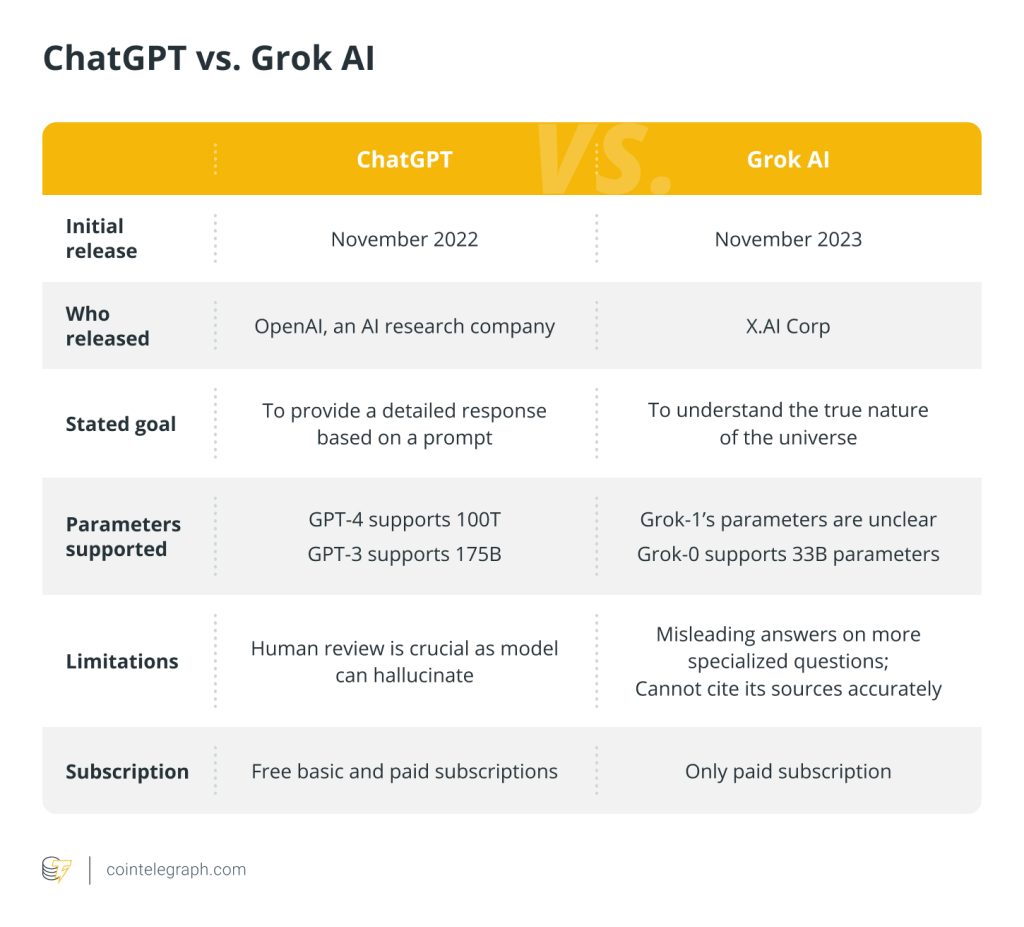Media companies embracing AI: An overview of BloombergGPT


What is Bloomberg GPT?
BloombergGPT is an artificial language (AI) large language model (LLM) developed by Bloomberg to enhance its finance products. LLMs are algorithmic artificial intelligence programs that employ sophisticated statistical techniques to dissect and comprehend natural languages.
Bloomberg’s GPT model is trained to process financial data and use terminologies unique to the financial domain to generate content that is specific to the industry. According to a Bloomberg press release outlining some of its capabilities, it operates on the generative pre-trained transformer (GPT) architecture.
The autoregressive deep learning GPT architecture relies on large amounts of training data to recognize complex patterns and grammatical rules within languages. This allows it to create text that is remarkably similar to that produced by humans.
The generative pre-trained transformer group of language models was first introduced by OpenAI in 2018. OpenAI is the developer behind ChatGPT, a popular AI chatbot that was launched in November 2022.
ChatGPT’s capacity to synthesize coherent and contextually relevant responses to a diverse array of queries and topics garnered the attention and approbation of the tech industry and beyond following its launch.
Since then, GPT language models have gained popularity among organizations looking to leverage AI technology for language tasks such as text summarization, language translation and question-answering.
According to Bloomberg, its GPT large language model for finance was trained using a 345-billion token public data set. Furthermore, the AI’s NLP in finance capabilities were validated using natural language processing (NLP) benchmarks that included Bloomberg’s own custom standard and other popular benchmarks, such as BIG-bench Hard, Knowledge Assessments, Reading Comprehension and Linguistic Tasks.
According to the company, the finance-focused AI model will be used to analyze financial data from the firm’s repositories to draw sentiment and classify news.
This will reportedly allow the company to remain ahead of the curve by improving its current NLP workflows and providing a better customer experience.
The emergence of the AI race
The unveiling of BloombergGPT comes at a time when many companies around the world are looking to integrate AI into their operations in order to increase efficiency and scale their operations.
The race was triggered by the recent launch of OpenAI’s ChatGPT, which took the world by storm after demonstrating remarkable natural language processing proficiency. The AI, which was recently upgraded from the GPT-3 level language model to GPT-4, is currently integrated into Microsoft’s Bing search engine to provide responses to some search queries. Microsoft happens to be one of OpenAI’s biggest backers — hence the integration.
These developments have prompted many tech companies, including Google, one of Microsoft’s most formidable competitors, to enter the AI race.
In February 2023, Google launched its ChatGPT competitor, named Bard, to rival OpenAI’s ChatGPT. However, the tool, powered by the Language Model for Dialogue Applications (LaMDA), is still in beta mode and currently only available to users residing in the United States and the United Kingdom.
Amazon and Adobe have also launched their own generative AI LLM tools in recent weeks.
The key features of BloombergGPT
In stark contrast to other language models such as ChatGPT, XLM-R and mBART, BloombergGPT is trained solely on English language data, without any exposure to multilingual data. As a consequence, BloombergGPT will only be able to generate text in the English language.
Moreover, BloombergGPT access will be limited. According to the company, the model will only be utilized within Bloomberg and will be used to process large amounts of data on Bloomberg Terminal.
Bloomberg Terminal is a service provided by Bloomberg that is designed for clients seeking valuable insights into financial markets. The product offers access to financial news, analytics and trading tools to facilitate informed decision-making.

Additionally, it enables companies to collaborate with partners to coordinate tasks such as mapping out workflows and managing orders. BloombergGPT will work behind the scenes to generate appropriate information needed by users without any direct interactions between them and the AI.
Notwithstanding, Bloomberg has said that it will release BloombergGPT training logs to the public in the future, with the aim of highlighting significant milestones achieved in training the model. That being said, there has been no mention of any BloombergGPT cost to users.
Media companies have a history of using AI
Some media companies have been secretly keeping AI capabilities in their strongbox for many years now, but the technology has only recently become available to the public. Thomson Reuters, for example, has been integrating AI technology into its delivery stack since the 1990s.
In 2017, the company revealed its use of an AI called Reuters Tracer to extract data from Twitter to create headlines and article summaries on emerging news stories. A year later, in 2018, the corporation announced that it was developing an AI tool named Lynx Insight to aid journalists in creating content, analyzing data and generating story ideas.
CNET, a leading tech media company, also recently acknowledged publishing content produced using its in-house AI system. According to the company, AI undoubtedly has a role in journalism, but the technology also has its drawbacks.
The flaws become apparent after a few of its published AI-generated articles were found to have factual errors. As a result, the company declared that it would discontinue publishing AI-generated content. However, it affirmed its commitment to exploring the potential of AI with the objective of automating some of its work.
Other notable media companies, such as The Associated Press (AP) and the BBC, have also been using AI for various tasks. They range from the creation of news snippets to the generation of corporate earnings stories.
Why media companies are embracing AI
As the media landscape evolves, an increasing number of companies are embracing AI to generate content. This is mainly due to the technology’s high efficiency, which helps to save time.
Emerging AI technologies are able to analyze and process vast amounts of data in record time and can be configured to generate content tailored to specific audiences. Consequently, they are becoming an indispensable asset for media organizations that require them.
AI for transcription and translations
In an effort to streamline content production and reduce related costs, some media companies are increasingly turning to advanced AI technology to automate processes such as text-to-voice and video translation. By leveraging natural language processing and machine learning AI algorithms, they are able to dramatically accelerate the process of creating audio versions of written content.
This boosts engagement by allowing users who don’t want to read articles to consume content on the go. By automating the text-to-voice process, media companies are also able to allocate their resources toward other crucial aspects of content production, such as research or editing.
Media companies such as the BBC are already using AI for this purpose. Apple is also using AI technology for its audiobooks. AI-powered video translation is another segment that is growing at a rapid pace as media companies strive to achieve high-quality translations of video content across multiple languages. Built with the capability to analyze the language, context and tone of the content, some AI algorithms can generate translations that convey the intended meaning quite accurately.
The use of AI technology for video translation helps media companies to reduce costs associated with manual transcription and translation. This is particularly significant for companies operating on tight budgets or that require content in multiple languages but lack the resources to hire an extensive team of translators.
AI for formulaic content
Artificial intelligence is increasingly becoming an integral part of some news outlets around the world that require text that follows a predictable formula, such as financial reports and sports statistics. AI models that can analyze vast amounts of data, using statistical models to identify patterns and trends, resulting in a standardized structure, are finding more use cases in such environments.
This is because they help to maintain objectivity while speeding up content creation in an industry where timely news dissemination is crucial, especially when it comes to trending topics.
Media companies such as Yahoo and The Associated Press are already making use of such AI models for financial NLP tasks. The tasks include statistical parsing to generate articles such as quarterly earnings reports tailored for the financial industry audience.
Streamlining workflows
Media companies typically seek to improve their online presence and engagement with their audiences, and AI technology has the capacity to enhance these aspects. Social media descriptions can, for example, be generated using AI. The snippets of info are critical in attracting readers’ attention and prompting them to click through to read the full article. Presently, there is a plethora of AI tools designed for just this purpose.
Similarly, AI technology is finding its use in media companies looking to automate content tagging, which is important in ensuring that readers easily find and access relevant content on their platforms. By automating this process, media companies are able to save time while maintaining relatively consistent and accurate categorization of their content. AI algorithms designed to undertake such tasks are able to quickly analyze content on the platform and assign appropriate tags, making it easier for readers to discover related articles.
The South China Morning Post is an example of a media house that has implemented this strategy to a great extent. The newspaper has been able to deploy AI technology to tag millions of images stored in its archives to improve aspects such as internal search capabilities and search engine optimization (SEO) rankings. The contextual tagging of images has also smoothened the process of working with syndication partners.
AI algorithms are becoming easier to customize
The introduction of BloombergGPT is a momentous milestone in the media industry and marks a new era in which large-scale generative AI models will be utilized more extensively in the sector. This is due to the versatility of the technology, which can be trained to suit diverse content generation needs, including financial technology.
The emergence of open-source large language models, such as GPT, additionally obviates the need for companies to create their own AI models from the ground up.
Technological advancements are making it easier for media companies that are looking to use customized AI systems to acquire them without many difficulties.
The future of language models
The emergence of BloombergGPT is a clear indication that AI language models have undergone significant growth in recent years and now have the potential to revolutionize industries. This is largely due to their continuously evolving data extraction and natural language comprehension capabilities, which can be refined and guided through training.
Furthermore, the introduction of BloombergGPT signifies an improvement in the compatibility of emerging AI language models with workflow systems to provide intuitive user experiences. Such turnkey AI-driven solutions are expected to become more prevalent in the future as AI language models continue to improve.
That said, competition between major tech companies looking to dominate the AI space is likely to expedite the development of more advanced AI language models in the future to meet the needs of an ever-growing digital landscape.






… [Trackback]
[…] Read More Information here to that Topic: x.superex.com/academys/beginner/2272/ […]
… [Trackback]
[…] Find More on to that Topic: x.superex.com/academys/beginner/2272/ […]
… [Trackback]
[…] Find More to that Topic: x.superex.com/academys/beginner/2272/ […]
… [Trackback]
[…] Read More Information here to that Topic: x.superex.com/academys/beginner/2272/ […]
… [Trackback]
[…] Read More Information here to that Topic: x.superex.com/academys/beginner/2272/ […]
… [Trackback]
[…] Here you will find 96925 additional Information to that Topic: x.superex.com/academys/beginner/2272/ […]
… [Trackback]
[…] Information to that Topic: x.superex.com/academys/beginner/2272/ […]
… [Trackback]
[…] Info to that Topic: x.superex.com/academys/beginner/2272/ […]
… [Trackback]
[…] Info on that Topic: x.superex.com/academys/beginner/2272/ […]
… [Trackback]
[…] Info to that Topic: x.superex.com/academys/beginner/2272/ […]
… [Trackback]
[…] Read More Information here to that Topic: x.superex.com/academys/beginner/2272/ […]
… [Trackback]
[…] Read More on on that Topic: x.superex.com/academys/beginner/2272/ […]
… [Trackback]
[…] Read More on that Topic: x.superex.com/academys/beginner/2272/ […]
… [Trackback]
[…] Find More Information here on that Topic: x.superex.com/academys/beginner/2272/ […]
… [Trackback]
[…] There you can find 7021 more Information to that Topic: x.superex.com/academys/beginner/2272/ […]
… [Trackback]
[…] Find More on that Topic: x.superex.com/academys/beginner/2272/ […]
… [Trackback]
[…] Find More on to that Topic: x.superex.com/academys/beginner/2272/ […]
… [Trackback]
[…] Find More on to that Topic: x.superex.com/academys/beginner/2272/ […]
… [Trackback]
[…] Find More Information here to that Topic: x.superex.com/academys/beginner/2272/ […]
… [Trackback]
[…] Information to that Topic: x.superex.com/academys/beginner/2272/ […]
… [Trackback]
[…] Information on that Topic: x.superex.com/academys/beginner/2272/ […]
… [Trackback]
[…] Read More to that Topic: x.superex.com/academys/beginner/2272/ […]